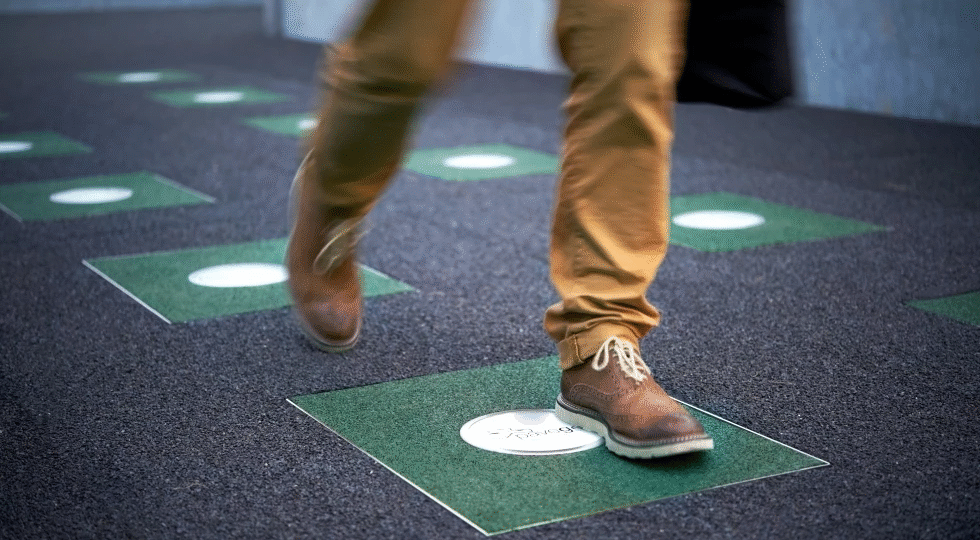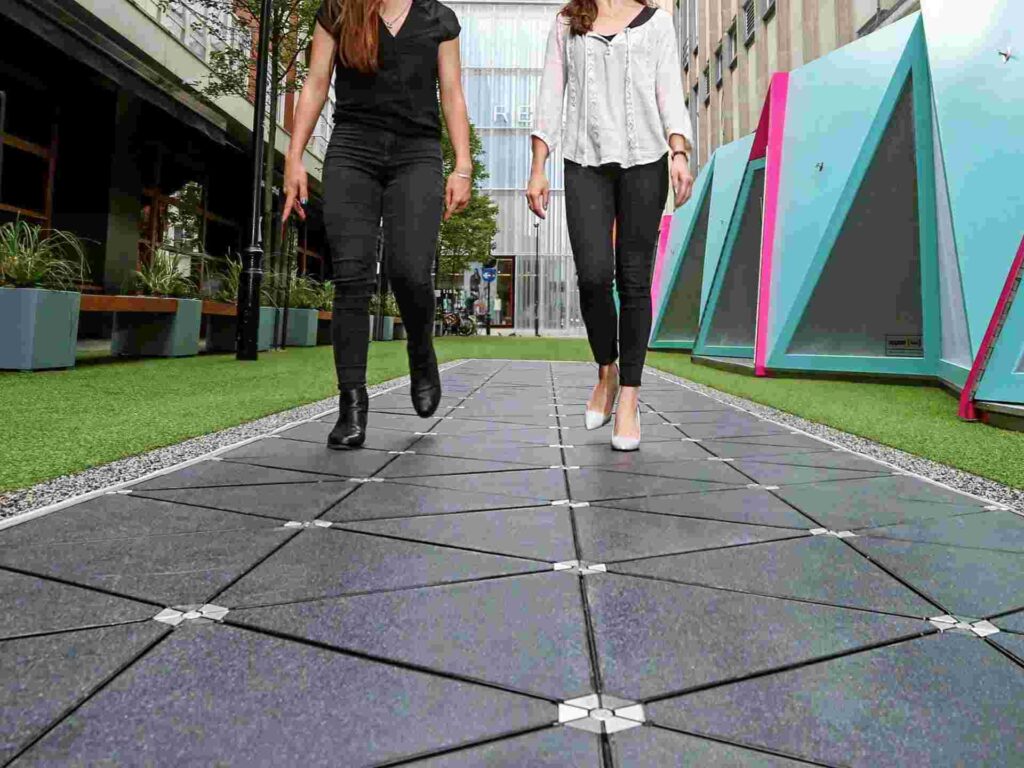Japan’s Footstep Power Revolution
Every Step a Spark: The Future of Energy Generation
Imagine a world where the simple act of walking powers our cities. No more relying solely on traditional energy sources, no more concerns about carbon emissions from power plants. This seemingly futuristic vision is rapidly becoming a reality, thanks to pioneering developments in Japan and across the globe. A new era of energy generation is dawning, where every single footstep contributes to a cleaner, more sustainable future.
The core of this innovative approach lies in technologies that harness the kinetic energy generated by human movement. When you walk, you exert pressure on the ground. This pressure, which has historically been wasted, can now be converted into usable electricity. This revolutionary concept is being implemented through generate electricity by walking power generator floor tiles projects, transforming public spaces into active power sources.
How Do These Power-Generating Floors Work?
At the heart of this “generate electricity by walking project” are special materials and systems known as piezoelectric tiles and kinetic energy floors. Piezoelectricity is a phenomenon where certain materials produce an electrical charge when subjected to mechanical stress or pressure. So, when a person steps on a tile embedded with these materials, the pressure from their footfall creates a small electrical current.
Companies like Pavegen are at the forefront of this technology. Pavegen tiles are designed to flex slightly underfoot, triggering an internal generator that converts this kinetic energy into electricity. This energy can then be stored in batteries or directly used to power nearby devices, lighting, or or even smart city infrastructure.
What Energy is Generated by Walking? Can You Generate Electricity from Footsteps?
Yes, absolutely! Walking generates kinetic energy, which is the energy of motion. This kinetic energy, specifically the pressure and vibrations created by your footsteps, can be effectively converted into electrical energy.
While the energy from a single step might seem small, in high-traffic areas, the cumulative effect is significant. How much energy does Pavegen generate? Pavegen’s patented systems can produce around 3 joules of energy per footstep or up to 5 watts of power while someone is walking. To put that into perspective, it’s enough to power a 5W LED bulb for one second. When you consider millions of footsteps in busy locations like train stations, shopping malls, or event venues, the generated energy quickly adds up to power lights, sensors, and other low-consumption systems.
Do You Get Energy from Walking?
While walking does generate kinetic energy that can be harvested, it’s important to clarify that you don’t get energy from walking in the sense of physically absorbing electricity yourself. Instead, your physical effort of walking provides the mechanical input that the special tiles convert into electrical energy.
From a personal well-being perspective, however, walking does boost your energy! It activates circulation, releases endorphins, and can significantly improve your mood and reduce fatigue, making you feel more energized.
The Impact and Future of Kinetic Energy Floors
The potential applications for kinetic energy floors are vast. From powering streetlights and digital billboards in urban centers to providing off-grid electricity for remote communities, this technology offers a clean and sustainable energy solution. Generate electricity by walking power generator floor tiles projects are already demonstrating their effectiveness in locations worldwide, with Japan being a pioneer in their implementation.
While the kinetic energy floor tiles cost and initial installation might be higher than traditional flooring, the long-term benefits of renewable energy generation, reduced reliance on fossil fuels, and the creation of smarter, more sustainable environments make it a worthwhile investment. As the technology continues to evolve, we can expect to see these energy-harvesting floors become an increasingly common feature in our built environments, turning every stroll into a step towards a greener planet.



[…] No More Energy Crisis? Japan’s Footstep Power Revolution […]